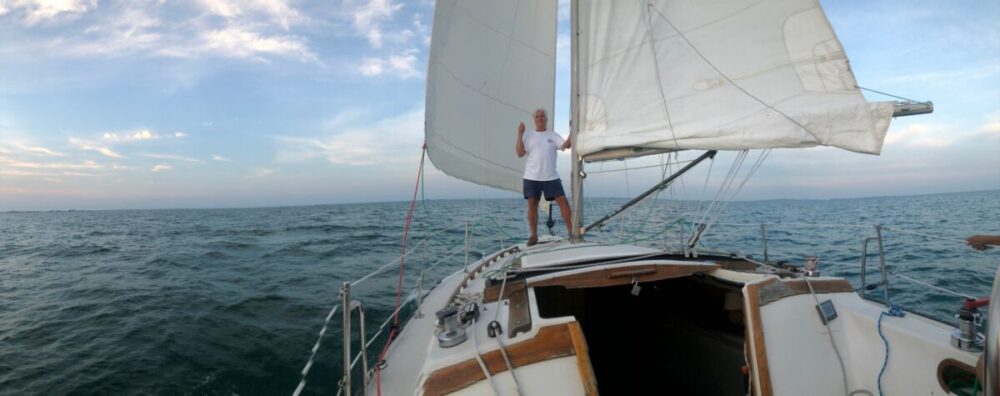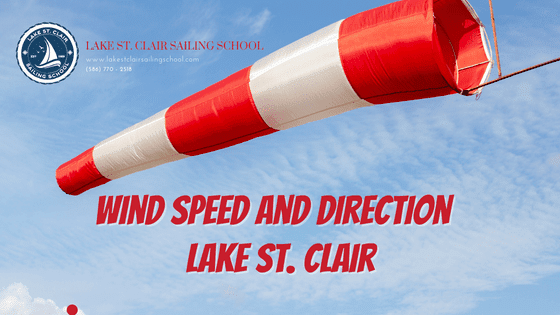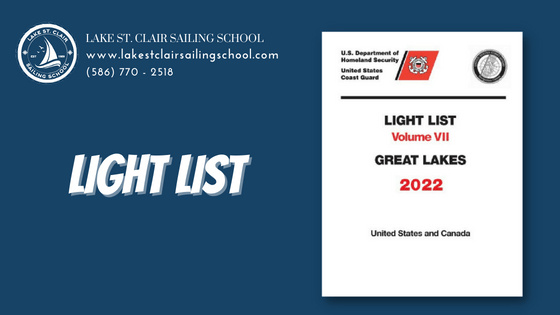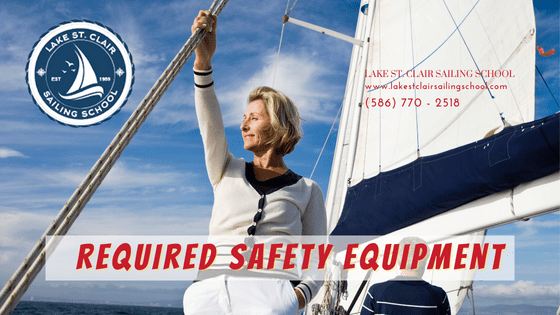How to Trim Mainsail to Make your Sailboat Go Faster!
When we look to trimming our mainsail, we really do need to understand the principles of sail twist and why sail twist is so important. As your boat sails along, the wind hitting the top of the sail is a little bit stronger than the wind hitting the bottom of the sail. For this reason, the top of the sail needs to be slightly looser than the bottom. This is where sail twist comes in. By using the mainsheet, the traveller, and the vang, depending on the point of sail, we can get air to move smoothly and drive the boat across all points of that mainsail. This will lead you to have…







